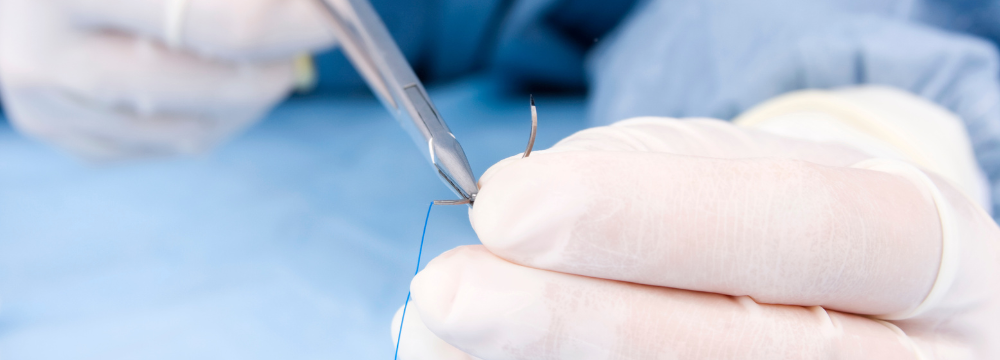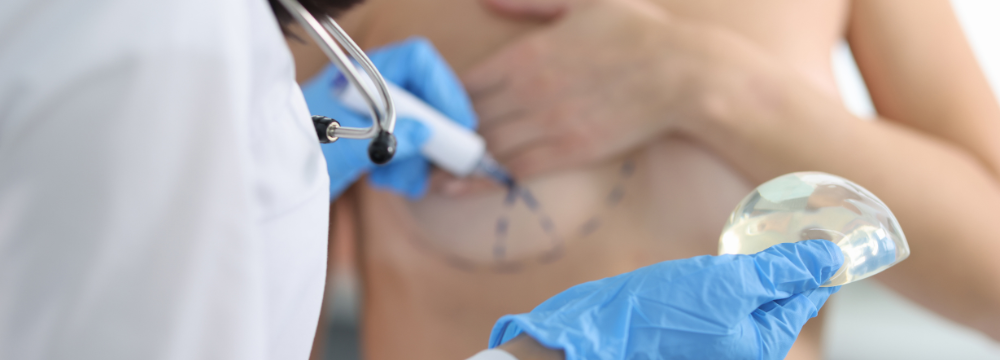
Dissolvable Stitches and What You Need To Know
Dissolvable Stitches are commonly used to seal wounds after Plastic Surgery because they allow our surgeons to rejoin multiple layers of tissue and are naturally absorbed by the body over time. To help post-surgery recovery and minimise scarring, always follow your Surgeon’s post-surgery advice. Read on to find out how long the stitches will last, how to care for your stitches and what to do if you have any issues with your stitches during your Post-Surgery Recovery.
What Are Dissolvable Stitches?
Dissolvable Stitches are made with animal proteins or synthetic polymers that your body can readily absorb. Unlike traditional sutures, Dissolvable Stitches won’t need to be removed by a doctor or nurse, instead they dissipate on their own over time.
How Long Do Dissolvable Stitches Last?
In most cases, Dissolvable Stitches dissolve naturally in a week or two. However in some cases, it may take several months for them to dissolve completely. For an accurate estimate on how long your stitches will last, speak to your Surgeon directly.
The time taken to dissolve varies according to:
- Your body’s ability to heal
- The surgical procedure
- The material your dissolvable stitches are made from
- The size of the suture used to close your incision
How do I Care for Dissolvable Stitches?
Proper wound care will aid your recovery, help ensure that your stitches dissolve without complications and minimise scarring.
It’s important you follow your Surgeon’s advice regarding proper care of your stitches as it will be tailored specifically to you and your body. However, generally speaking:
- Keep sutures clean and closely follow the instructions provided by your surgical team in relation to surgical dressings and wound care.
- Your Surgeon will advise when you can shower, bath and swim again. Until then, keep your stitches dry as moisture can slow the healing process and always remember to carefully pat the stitches dry immediately after being exposed to water.
- Tempting as it may be, do not pick or scratch at stitches
- Never try to remove a stitch – even if it becomes loose
- Do not use creams or lotions on your scars unless cleared by your Surgeon
- Your Surgeon will advise when it is safe for you to return to work, drive and resume physical exercise. Until then, avoid activities that may pull or even tear your stitches
Potential Issues
Your Client Manager works in partnership with your CosMediTour Surgeon to monitor your post-surgery recovery. If at any time you are concerned about any aspect of your recovery, including your stitches, please contact your Client Manager for guidance. We also recommend you familiarise yourself with the Risk and Recovery information relevant to your particular procedure as well as the steps you can take to minimise your own exposure to risk.
Immune Response
In some cases, Dissolvable Stitches can generate an inflammatory response. In this instance, the body’s natural immune system has identified the stitches as foreign and initiates an immune response to break the stitches down. Please be assured, this is normal, and only adds to the dissolving process.
Please read on for further information on other potential concerns regarding Dissolvable Stitches.

Dissolvable Stitches Poking Out
This is not unusual. However, it is important that you do not touch, move, or play with it and that you continue to monitor for signs of wound opening or infection.
Dissolvable Stitches Not Dissolving
Never try to remove the stitch on your own, even if you notice that your stitches are not dissolving. Removing your own stitches may reopen the wound, increase the risk of infection, result in longer healing and/or more noticeable scarring. Instead take a photo and email it to your CosMediTour Client Manager for review. In most cases, the stitch will heal on its own. In some cases however, we may recommend you visit your GP to safely remove the stitch or connect you with your Surgeon.
Surgical Stitches Becoming Loose
If you notice a loose stitch, never pull, cut or try to remove the stitch on your own as this can negatively affect your healing and result in more scarring. Instead, take a photo and email it to your Client Manager for review. Your Client Manager will be able to put you in touch with your Surgeon if necessary or suggest you visit your GP to safely remove or trim the stitch.
Dissolvable Stitches and Possible Infection
If you are experiencing any of the following during your surgery recovery, it may be a sign of infection:
- Redness
- Swelling
- Warm to touch
- Oozing pus
- Fever
- Pain
In this instance, please contact your Client Manager immediately so they can offer you guidance.
Wound Opening
If you notice your wound is re-opening, contact your Client Manager immediately for guidance.
Further Information
To learn more about Dissolvable Stitches, feel free to connect with our friendly Client Support Team.
